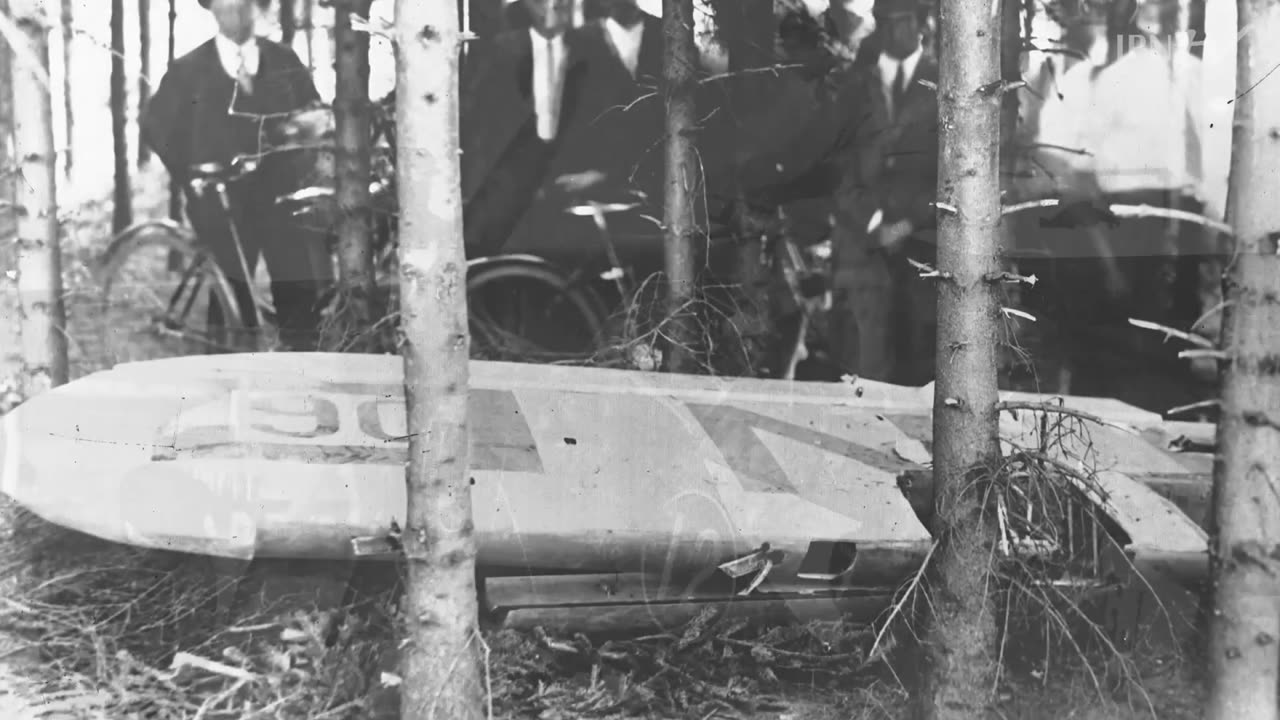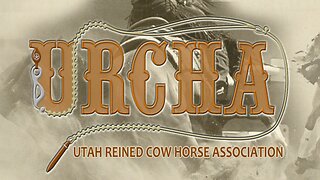Premium Only Content

Polish Genius STANISLAW WOJCIECH ROGALSKI / Doctor of Mechanical Engineering, aircraft designer
He was born in Olomouc in Moravia, the son of a military doctor. He studied at the Faculty of Mechanics at Warsaw University of Technology. In 1927, together with Stanislaw Wigura, he designed and built the WR-1 two-seater sports aircraft. These designers, with Jerzy Drzewiecki, formed the RWD team and began constructing the RWD-1 two-seater high-wing sports monoplane. Over 850 of the resulting 21 types of RWD were manufactured in different factories in Poland and abroad.
After graduating in 1929 as a mechanical engineer, he did academic work at Warsaw and L’viv Universities of Technology.
After the outbreak of war and the evacuation of the RWD technical personnel to Rumania, Rogalski got to France, and then to the UK, where he designed weapon mountings for the Whirlwind and Lysander aircraft at the Westland factory. In 1941, he left for Turkey, and became technical director at the Turk Hava Kurumu Ucak Fabrikasi factory headed by Jerzy Wedrychowski. It was here that the licensed production of the Magister training aircraft took place. Together with Jerzy Teisseyre and Leszek Duleba he designed the THK-1 transport glider, the THK-2 single-seater acrobatic aircraft, the twin-engine THK-5 air ambulance and airliner, and the THK-11 sports aircraft. In 1942-48, he did academic work at the University of Technology in Istanbul.
In 1948, Rogalski emigrated to the USA and settled in Erie (Pennsylvania), where he worked at the air damper company Lord. In May 1949 he joined Chase Aircraft in Trenton (New Jersey), where he participated in the design of the C-123 twin-engine transport plane., In 1956, he moved to Grumman Aircraft Engineering in Bethpage (New York), where he solved the problem of stability of the E-2A Hawkeye twin-engine military aircraft. In 1961-1964 at the Grumman plant in Fort Worth (Texas), he worked on the design of the F-111 fighter-bomber jet aircraft with variable geometry wings.
In retirement, he continued working with Grumman as an advisor on the design of the Flying Acre transport hovercraft and with the Center for Space Research at NASA on projects and technological solutions for the lunar vehicle.
-

Nikko Ortiz
1 hour agoLive - Reaction Time, News, Politics, and More!
1.08K -
 LIVE
LIVE
Badlands Media
6 hours agoBadlands Daily: August 28, 2025
4,033 watching -
 1:43:15
1:43:15
Dear America
2 hours agoTrans Violence Against Christianity MUST BE STOPPED!!
87.1K71 -
 LIVE
LIVE
Total Horse Channel
13 hours ago2025 URCHA Futurity | Derby & Horse Show | Thursday
100 watching -
 LIVE
LIVE
Wendy Bell Radio
6 hours agoGuns Don't Kill People
7,282 watching -
 LIVE
LIVE
Matt Kohrs
9 hours agoMarket Open: New Highs or Bust?! || Live Trading Futures & Options
608 watching -
 46:34
46:34
Randi Hipper
1 hour agoWALL STREET'S CRYPTO BET REVEALED! HINT: IT'S NOT BITCOIN!
2.18K1 -
 LIVE
LIVE
The Mike Schwartz Show
1 hour agoTHE MIKE SCHWARTZ SHOW with DR. MICHAEL J SCHWARTZ 08-28-2025
4,166 watching -
 LIVE
LIVE
LFA TV
3 hours agoLFA TV ALL DAY STREAM - THURSDAY 8/28/25
4,823 watching -
 2:04:35
2:04:35
Game On!
20 hours ago $3.07 earnedCollege Football Is BACK! Week 1 Preview!
36.2K2